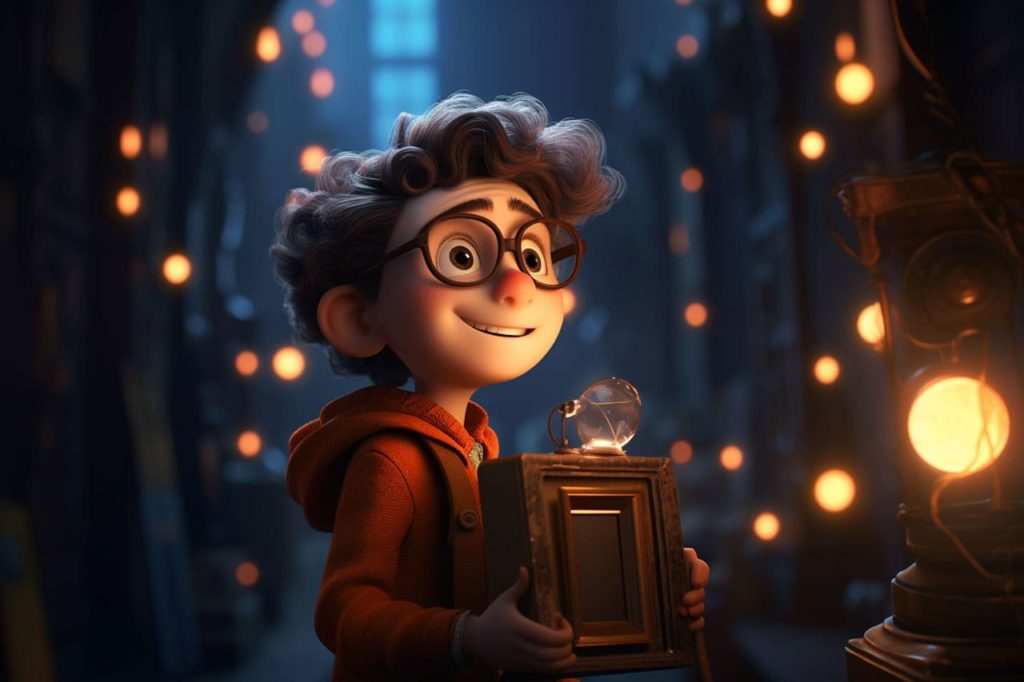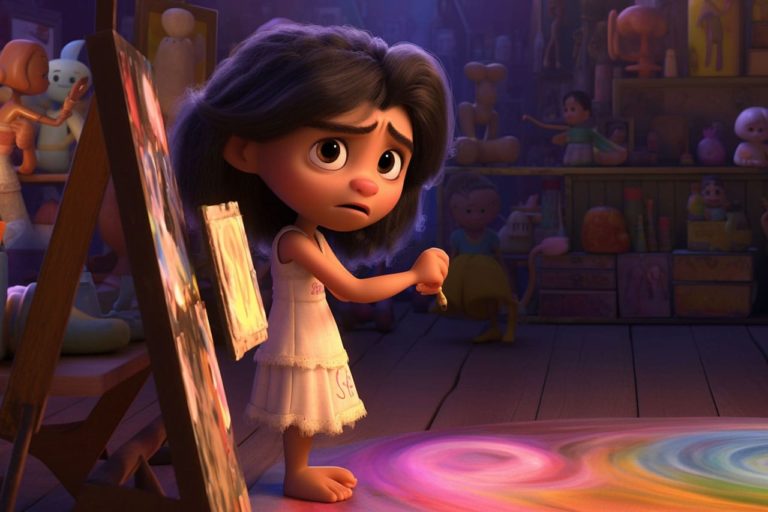Art has played a critical role in preserving cultural heritage throughout human history. From the cave paintings of Lascaux to the intricate tapestries of the Middle Ages, art has served as a means of capturing and preserving the stories, traditions, and beliefs of cultures around the world. In this article, we’ll explore the role of art in cultural preservation.
The Importance of Cultural Preservation
Cultural preservation is essential for maintaining the diversity and richness of human cultures. By preserving cultural heritage, we are able to honor the accomplishments and traditions of past generations and to pass on their knowledge and wisdom to future generations. Additionally, cultural preservation helps to foster greater understanding and respect for different cultures, promoting peace and harmony in a world that is increasingly interconnected.
The Role of Art in Cultural Preservation
Art plays a vital role in cultural preservation, serving as a means of capturing and preserving the stories, traditions, and beliefs of cultures around the world. Here are just a few ways in which art helps to preserve cultural heritage:
- Capturing historical events: Art can serve as a visual record of historical events, capturing important moments and movements in human history. From ancient Egyptian hieroglyphs to the murals of Diego Rivera, art has played an important role in documenting the history of human civilization.
- Preserving traditional techniques: Many forms of traditional art require specialized techniques and materials that have been passed down through generations. By creating and preserving these works of art, artists are able to ensure that these techniques and materials are not lost to history.
- Honoring cultural traditions: Art can serve as a means of honoring cultural traditions and beliefs, celebrating the accomplishments of past generations and passing on their knowledge and wisdom to future generations.
- Preserving language and stories: Many forms of traditional art, such as storytelling and oral traditions, are closely tied to specific languages and cultures. By preserving these forms of art, we are able to preserve the languages and stories that are an essential part of our cultural heritage.

Examples of Art in Cultural Preservation
There are countless examples of art playing a role in cultural preservation throughout human history. Here are just a few examples:
- Native American beadwork: Native American beadwork is a form of traditional art that has been passed down through generations. Beadwork serves as a means of preserving cultural traditions and storytelling, with each design containing its own unique meaning and significance.
- Chinese calligraphy: Chinese calligraphy is a highly stylized form of writing that has been an important part of Chinese culture for thousands of years. By preserving this form of art, Chinese calligraphers are able to ensure that this important cultural tradition is not lost to history.
- Islamic architecture: Islamic architecture is known for its intricate geometric designs and elaborate tile work. These designs serve as a means of honoring cultural traditions and religious beliefs, and have been passed down through generations of Islamic artists and architects.
- African masks: African masks are an important part of many African cultures, serving as a means of honoring ancestors and celebrating cultural traditions. By creating and preserving these masks, African artists are able to ensure that these important cultural traditions are not lost to history.
Conclusion
Art plays a critical role in cultural preservation, serving as a means of capturing and preserving the stories, traditions, and beliefs of cultures around the world. By creating and preserving works of art, artists are able to ensure that the techniques, materials, and cultural traditions that are an essential part of our shared heritage are not lost to history. It is essential that we continue to support and celebrate the arts as a means of promoting cultural understanding and preserving the diversity and richness of human cultures.
Frequently Asked Questions
Q: What is cultural preservation?
A: Cultural preservation is the practice of protecting and preserving the traditions, beliefs, and artifacts of a particular culture or society. It is essential for maintaining the diversity and richness of human cultures, and for passing on the knowledge and wisdom of past generations to future generations.
Q: How does art contribute to cultural preservation?
A: Art plays a critical role in cultural preservation by serving as a means of capturing and preserving the stories, traditions, and beliefs of cultures around the world. Art can capture historical events, preserve traditional techniques, honor cultural traditions, and preserve language and stories.
Q: What are some examples of traditional art forms that are important for cultural preservation?
A: There are many traditional art forms that are important for cultural preservation, including Native American beadwork, Chinese calligraphy, Islamic architecture, African masks, and many others. These art forms serve as a means of honoring cultural traditions and passing on the knowledge and wisdom of past generations.
Q: Why is cultural preservation important?
A: Cultural preservation is important for a number of reasons. It helps to maintain the diversity and richness of human cultures, and promotes greater understanding and respect for different cultures. Additionally, cultural preservation helps to pass on the knowledge and wisdom of past generations to future generations, ensuring that important cultural traditions are not lost to history.
Q: What can individuals do to support cultural preservation?
A: Individuals can support cultural preservation by learning about and celebrating different cultures, supporting the arts and cultural institutions, and advocating for policies that protect and preserve cultural heritage. Additionally, individuals can engage in cultural exchange programs and volunteer opportunities that promote greater understanding and appreciation of different cultures.
Q: What is the role of cultural institutions in cultural preservation?
A: Cultural institutions, such as museums, galleries, and libraries, play a critical role in cultural preservation by collecting, preserving, and interpreting cultural artifacts and traditions. These institutions provide valuable resources and educational opportunities that promote greater understanding and appreciation of different cultures, and help to ensure that important cultural traditions are not lost to history.
